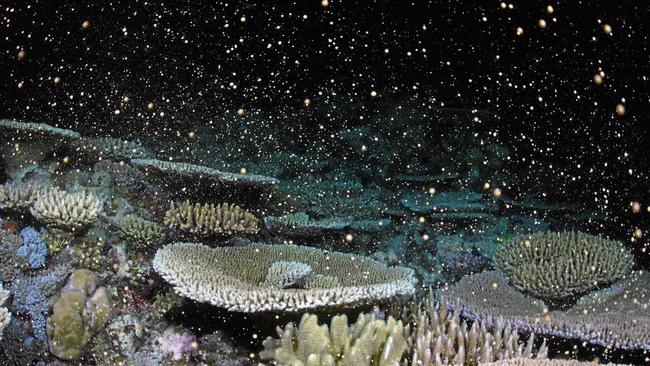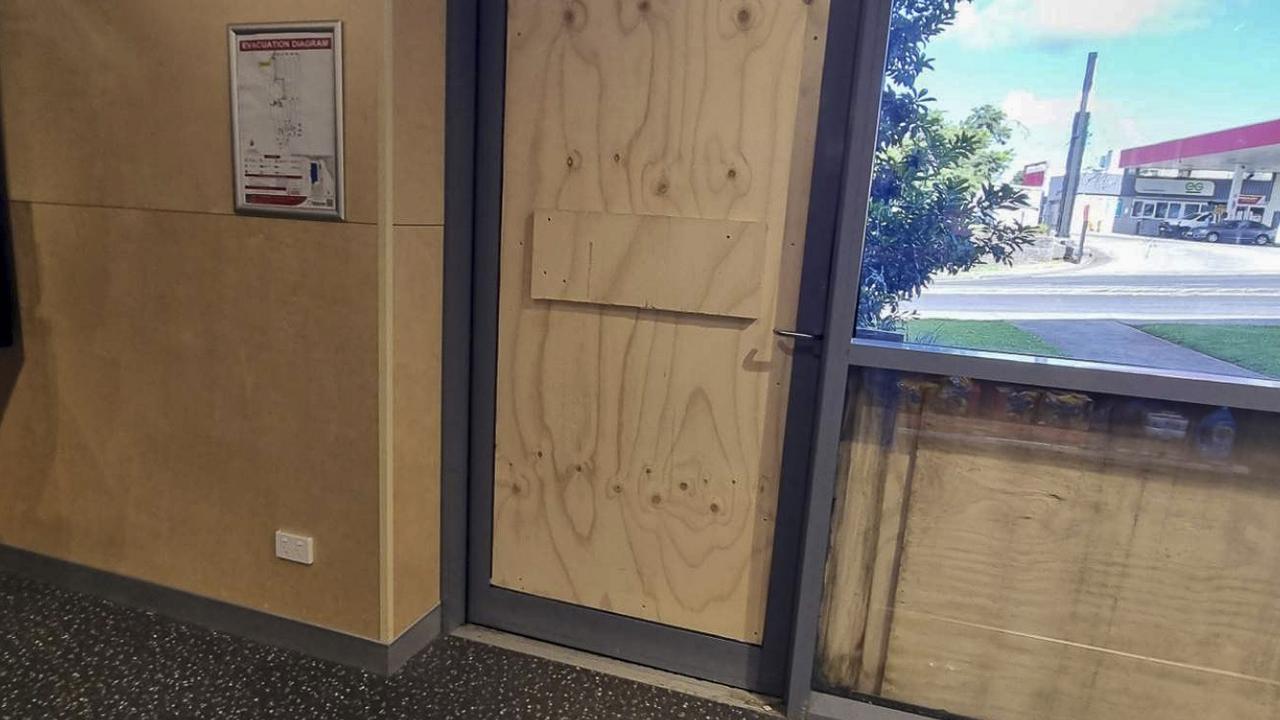SCU professor witnesses 'world's biggest orgasm'
THE ground-breaking science project aims to regenerate a national treasure.

Lismore
Don't miss out on the headlines from Lismore. Followed categories will be added to My News.
ONE of nature's greatest spectacles, the annual mass coral spawning, exploded into action on the Great Barrier Reef last night giving rise to millions of next-generation coral babies, and SCU professor Peter Harrison got to witness it.
Described as the 'world's biggest orgasm', the annual mass coral spawning typically occurs on the Reef in the week following the November full moon.
During this synchronised sex, coral polyps simultaneously released egg and sperm bundles into the ocean for fertilisation.
This year is the largest collaboration of science, conservation and tourism working on projects aimed to mitigate the ever-growing impacts of climate change and help safeguard the Reef's future.
One such project based at a floating laboratory at the Marine World pontoon, 45km off the coast of Cairns, aims to regenerate reef-building corals using millions of coral spawn captured during the weekend spectacle.
The project is Led by Southern Cross University (SCU) in partnership with scientists from James Cook University (JCU) and the University of Technology Sydney (UTS).
The project team has harvested coral sperm and eggs released during the spawning on Sunday night in a bid to grow new coral larvae, which will be resettled back on to heavily degraded sections of the northern Great Barrier Reef in the coming week.
Project leader, Southern Cross University Professor Peter Harrison, said this year's spawning event was "huge" and arrived "right on time".
"We have increased the scale of restoration using innovative techniques including giant inflatable coral nurseries, which have now been filled with coral larvae since the early hours on Monday morning," Professor Harrison said.
"Working with a wide range of colleagues, we have been successful at restoring breeding populations on badly degraded reefs in the Philippines over the last seven years, and we are now applying new technologies to increase the scale and efficiency of the larval restoration process on the Great Barrier Reef," Professor Harrison said.
This year Professor Harrison's ground-breaking advancements will include the mass inoculation of coral larvae with their algal partners (known as symbionts) in the wild to boost their one-in-a-million chance of survival before being settled on affected reef areas.
But the team cautions its approach cannot by itself 'save' the Reef.
"What we're trying to do now is buy time for the coral populations that are still present on the Great Barrier Reef and other reefs around the world," Professor Harrison said.
"Climate action is the only way to ensure coral reefs can survive into the future."
Learn more at Citizens of the Great Barrier Reef (@citizensGBR) on Facebook, Instagram and Twitter and visit the spawning microsite: spawning.citizensgbr.org.
Originally published as SCU professor witnesses 'world's biggest orgasm'


